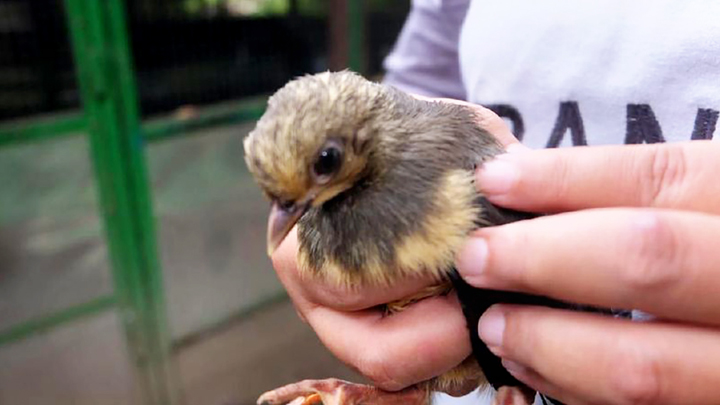Safeguarding Maleo in Bone Bolango
Tuesday, July 30, 2019
arsip tempo : 171401950255.

IT was 7am when Wahab Tamati was preparing some food and buckets to gather the eggs of maleo (Macrocephalon maleo) birds in the forest of Hungayono, Bogani Nani Wartabone National Park, in Bone Bolango regency, Gorontalo. “I have to reach the nests of maleo before 10 in the morning because the birds only lay eggs from 6am to 10am,” Wahab told Tempo on Wednesday, July 24.
The 49-year-old man is a resident of Tulabulo village, East Suw
...
Subscribe to continue reading.
We craft news with stories.
 For the benefits of subscribing to Digital Tempo, See More
For the benefits of subscribing to Digital Tempo, See More








